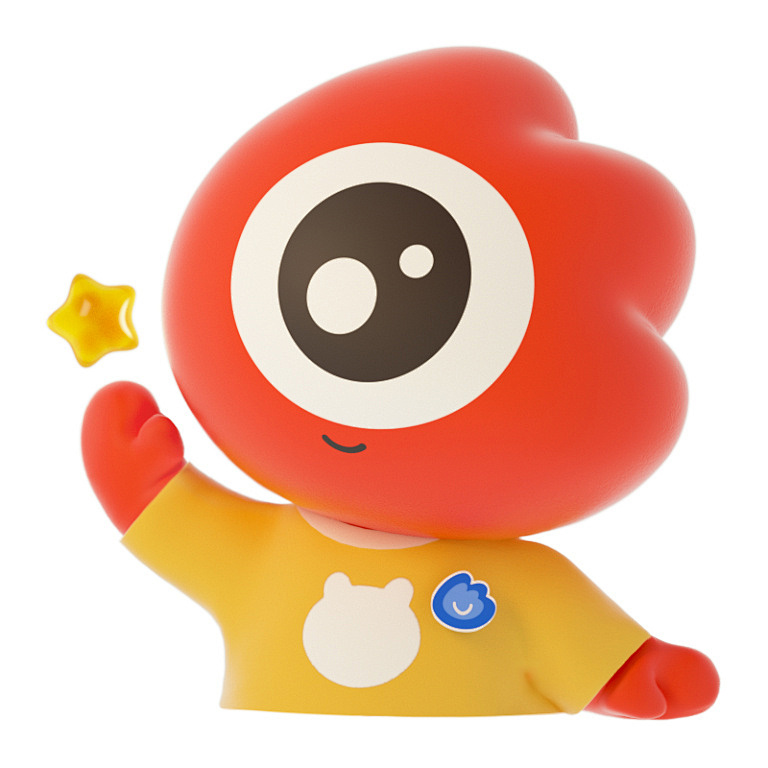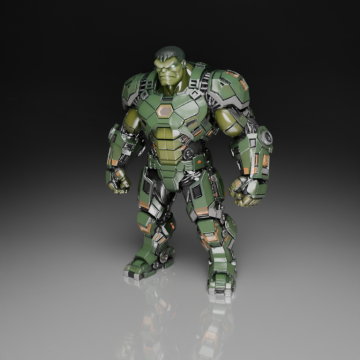
Delving into the landscape regarding 3D art is developing fast, stimulated by innovational technology that move forward this growth: verbal-to-3D design. This revolutionary branch widens entry into 3D design to an expanded public, permitting makers with basic experience to generate sophisticated 3D models just by entering textual commands.
Imagine a world where all participants can express their plans in tri-dimensional environments, without consideration of their expertise. This embodies the prospect that text-to-3D modeling grants, unleashing the innovation within all of us.
Cognitive Computing in 3D Design: A New Period of Creativity
The field of conceptual artistry is entering a radical change with the launch of AI-enabled 3D modeling. This revolutionary technology allows users to produce elaborate 3D models with exceptional ease. AI platforms interpret user data and turn them into realistic 3D constructions. From architectural blueprints to creatures for gaming, the avenues are virtually infinite.
One major benefit of AI-empowered 3D modeling is its aptitude to liberate the creative workflow. Even neophytes can these days create professional-standard 3D models. This broadens a range of opportunities for makers to bring forth their notions into reality.
- Machine learning-based 3D modeling may facilitate design by mechanizing repetitive chores.
- Collaboration between human designers and AI tools can lead to creative solutions.
- These tools hold the ability to modernize varied industries, from leisure sectors to healthcare.
Shaping 3D Art Through Language: Revealing Text-to-3D Power
The area pertaining to 3D modeling is undergoing a profound evolution following the emergence of text-to-3D generation. This pioneering technology grants users to manifest their imaginative visions just through inputting text-based data. Dream of articulating a fantastical creature or a finely detailed object, and perceiving it manifest before your eyes in three-dimensional form. This convergence of language and cyber fabrication generates an expanse of opportunities for designers and anybody with a drive for crafting.
- Innovative text-driven generation
- permits generation of creative visions
- Picture illustrating mythical creatures taking form
Making Ideas Concrete: AI-Fueled Advances in 3D Design
The domain of 3D creation is transforming through a revolutionary restructuring, propelled by the enormous potential of intelligent computing. Previously limited to hypotheses, high-level 3D models and designs are now becoming visible with AI-powered methods. These advanced algorithms can assemble multifaceted geometries, textures, and materials with unrivaled speed and accuracy. From conceptual art to product designs, AI is changing creators across several industries to bring to life their visions in ways previously unachievable.
This amalgamation of AI and 3D design creates extensive chances for both seasoned practitioners and aspiring artists. User-friendly interfaces make these cutting-edge tools obtainable to a inclusive user base, fostering the democratization of creation and spurring novel breakthroughs on an exceptional scale. As AI systems advance, we can expect even more state-of-the-art features that will reduce the boundary between thought and material.
- Forming
- Creation
- Motion
The Dawn of Intelligent 3D Design: Exploring AI Potentials
The region of imaginative disciplines is engaged in a seismic shift. With the appearance of cutting-edge AI mechanisms, the ability to craft 3D models has become widely available. This shift facilitates artists to portray their plans with velocity and facility unknown before.
Imagine a situation where intricate 3D models are fabricated instantly, driven by basic text messages. This is no not only fantasy; it represents the fact currently being witnessed globally.
- Neural network-based 3D modeling tools are increasingly available.
- They allow customers with limited design training to produce professional-grade 3D models.
- Between architectural blueprints to detailed product samples, the choices are unbounded.
Elevating Spatial Design with AI Assistance
The domain of 3D design progresses swiftly, driven by the game-changing force of artificial intelligence. Automated intelligence platforms have emerged as paramount co-creators, facilitating designers to extend their creative boundaries and improve design workflows like never before.
From building detailed models to introducing innovative methods, AI tools amplify designer capabilities with unprecedented potential. This partnership of human creativity and machine intelligence frees a realm of chances, making it feasible to visualize and develop 3D models previously regarded challenging.
- Smart design tools supply designers countless forms to explore.
- Interactive workflows support designers and AI to cooperate productively, refining designs continuously.
- Detailed 3D constructs can be created quickly and with impressive accuracy, freeing designers to concentrate on the original aspects of their projects.
As AI methods mature, its role in 3D design will become increasingly essential. Embracing this revolutionary partnership will help designers to innovate the future of 3D art, transcending previously understood thresholds.
Breaking Barriers: Creating Unmatched 3D Models with AI Power
The field of 3D modeling has entered a groundbreaking metamorphosis, catalyzed by the unmatched capabilities of artificial intelligence. AI-empowered tools are accelerating producers to build and produce 3D models with previously unseen accuracy. These advanced algorithms can fabricate elaborate structures from simple instructions, breaking down traditional design constraints and pushing the limits of what is possible. From lifelike avatars to hypothetical designs, AI is revolutionizing 3D modeling to be more accessible while motivating a fresh wave of creators.
- Unveiling the power of creativity
- A New Age in Production
- Translating Thoughts
Revealing the Cutting-edge Chapter in 3D: Text-to-3D Platforms
The community of 3D creation is advancing rapidly at an exceptional rate. Breakthrough platforms are surfacing that apply the power of linguistic directives to fabricate stunning 3D models with impressive ease. These text-to-3D systems are democratizing the 3D design process, making it accessible to a extended society than ever before.
- Visualize crafting intricate artifacts simply by communicating them into a computerized interface. Text-to-3D platforms turn ideas into models.
- From architectural blueprints to individualized jewelry, the uses are boundless.
The ongoing game-changing advance in 3D creation is set to alter markets, fueling innovation and creativity across the expanse.
Smart Technology Fueling Fast and Precise 3D Art
The field of 3D creation is subject to a significant change, sparked by the rapid progress of artificial intelligence. Deep learning systems are now capable of developing sophisticated 3D models with unmatched speed and precision, advancing fields from architectural design to manufacturing and entertainment. Long ago, 3D modeling required laborious, time-intensive manual work requiring high input and expertise. Nevertheless, AI-enhanced tools expedite the workflow, allowing creators to briskly iterate, experiment, and materialize their designs to life with exceptional power.
- In addition, AI achieves the capacity to analyze vast repositories of existing 3D models to find patterns and trends, allowing it to synthesize innovative designs that challenge creativity.
- Thus, the distribution of 3D creation is widening, arming both individuals and businesses with restricted resources to involve themselves in this leading-edge technology.
The aforementioned advancements are expected to unlock new opportunities across a vast array of applications, from customized commodities to interactive simulations. The future of 3D creation is fundamentally intertwined with the ongoing evolution of AI, promising a generation where imagination is limitless.
The Coming Ubiquity of 3D Fabrication
The sphere of 3D printing has seen a profound alteration, transitioning from a niche technology to an increasingly popular tool. This broadening is supported by various factors, including the reduction in expense of 3D printers and software, coupled with a burgeoning community of makers and designers spreading knowledge and resources.
Because of this, 3D printing is now within reach of individuals, organizations, and even educational institutions, facilitating them to construct tangible objects with unique mobility. This fusion of technology and imagination has the potential to disrupt a extensive range of markets, from medicine to education, triggering innovation and motivating individuals to give physical form to their inspirations.
Bridging Words and 3D Models with AI
{The realm|The world|The AI-driven 3D modeling field|The environment|The space|The domain| 